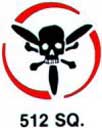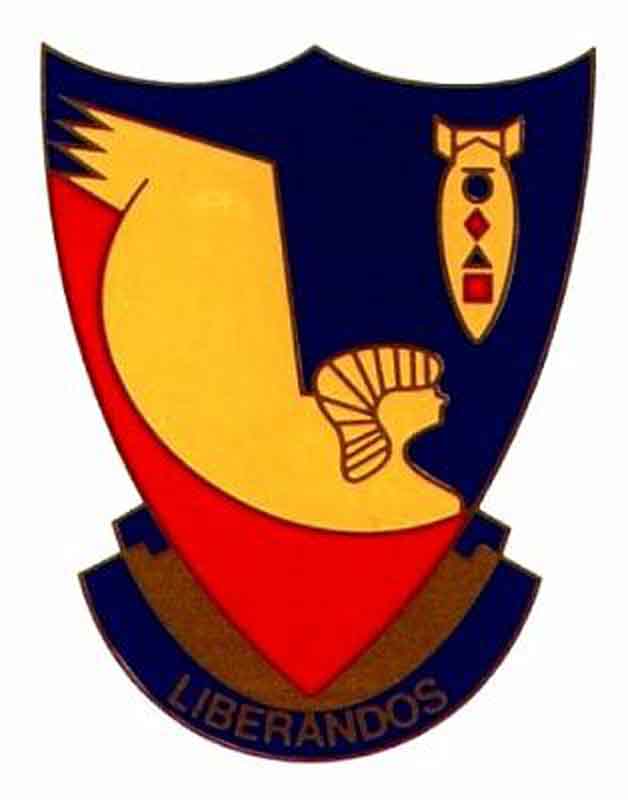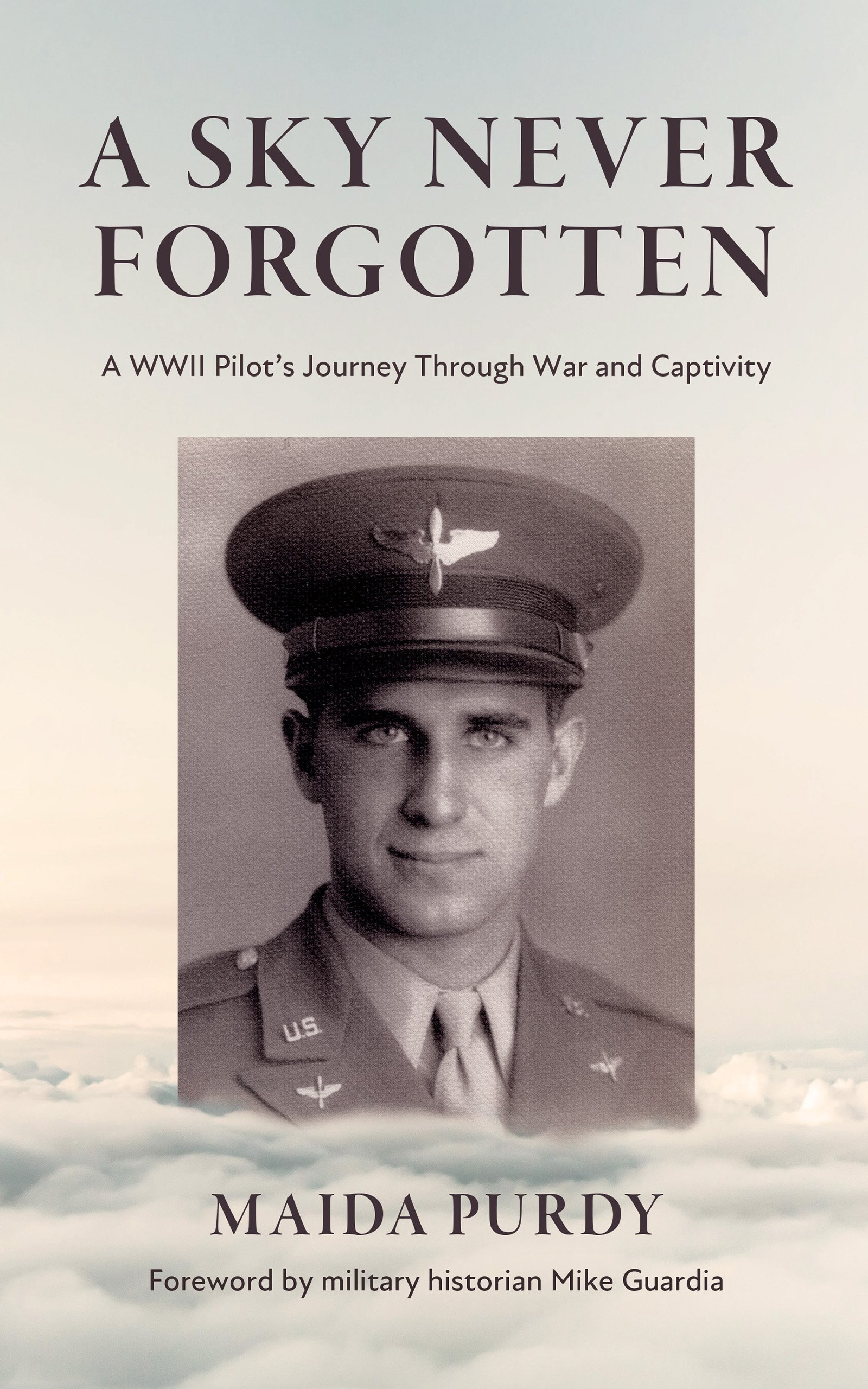Alfred E. Berger
Crew Formation
After graduating from gunnery school and a promotion to Pfc. I had a delay enroute furlough and was to report to Lamoore Air Force Base at Fresno California, where we would be assigned to combat crews. During this time we would again be assigned to odd jobs around the base and of course would include KP. Finally we were assigned to the airplane crew that we would eventually fly with during our combat experience. Our pilot Lieutenant George Olsen, from Park Avenue New York City, was 'the only married guy on the crew, a graduate of Purdue University with a degree - in engineering. Our co-pilot was Flight Officer, Bronko T. Barr (Tommy} and was from Farrell, Pennsylvania. Lieutenant Bruce Franks from Philadelphia was our Navigator, and Flight Officer Elmer E. Wolfe 111, from Mobile Alabama, was our bombardier. Corporal Johnnie G. Sykes from Odessa Texas was our radio operator, Corporal Albert P. Donnelly, annorer gunner, from Toledo Ohio. Corporal Howard Crafton, from Indianapolis, Indiana was flight engineer, Bernard O. Bridenstine, from Springport, Michigan, Henry R. Bettman from Jacksonville, Florida, and I all Pfc.' s were aerial gunners.
During the time we spent at Lamoore pilots were to get flight time in, and offered to take one of us non-corns along, so we drew lots, and I won a chance to take . a flight with Tommie Barr in a BT -4 trainer, a two man primary training plane that lasted about an hour. I got to see a little of California from the air.
A short train ride took us to March Field Army Air Base, just outside of Riverside, California, a short distance from Los Angeles. Here we would spend three months in crew training. Each flight we made was to use the knowledge of one or more of the crewmembers. There were landings and take-offs by both pilot and co-pilot, gunnery flights with towed targets similar to gunnery school, bombing runs for the bombardier to practice, and navigational flights, both daylight and night. On most flights radioman Johnnie did his specialty_ On our last flight each member of the crew took a turn at the controls in the pilot's seat and flew the plane for fifteen or twenty minutes under the supervision of pilot Olsen. This gave me the unique distinction of having flown a B-24 bomber before I drove an automobile, but of course it did not include take-off and landing.
Upon completion of our crew training I had two hundred forty hours of technical training gunnery, aircraft recognition, camera gunnery, procedures for bailout, ditching, oxygen, survival in water, intelligence, and chemical warfare. Medical subjects included, first aid, malarial control, frostbite, and a couple trips to the altitude chamber, where they covered the effects of altitude on both mind and body. Flying time totaled one hundred four hours.
On the evening before we were to leave March Field Olsen had a get together of the whole crew, and his wife, at the Mission Inn in Riverside. We had a great meal in a high-class restaurant.
During the time I spent at March Field, most week-ends were free and we could get passes to go in town and since it was close to Los Angeles and Hollywood I took quite a few trips there. I went to a couple radio shows. The best known of them was the Jack Benny Show, and was packed, so I got to sit on the stage because all the seats in the studio were full. We also visited the well-known Hollywood Canteen.


The website 376bg.org is NOT our site nor is it our endowment fund.
At the 2017 reunion, the board approved the donation of our archives to the Briscoe Center for American History, located on the University of Texas - Austin campus.
Also, the board approved a $5,000 donation to add to Ed Clendenin's $20,000 donation in the memory of his father. Together, these funds begin an endowment for the preservation of the 376 archives.
Donate directly to the 376 Endowment
To read about other endowment donation options, click here.
Reunion
NOTE change in the schedule !!
DATES: Sep 25-28, 2025
CITY:Rapid City, SD
HOTEL: Best Western Ramkota Conference Hotel; 2111 North LaCrosse St., Rapid City, SD 57702; 605-343-8500
Click here to read about the reunion details.




















